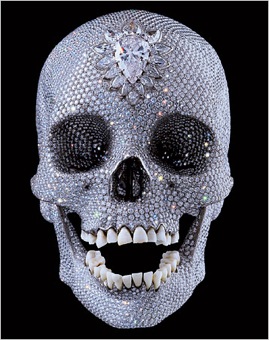After chatting about the works of Ayn Rand over brunch recently, I dusted off my copies of
Atlas Shrugged and
The Fountainhead. Skimming through them, I remembered why Objectivism had such a strong resurgence during the "Greed is Good" 1980s: it championed a view of the world where it seemed possible to be good... and rich... and unapologetically narcissistic... all at the same time.
What I had forgotten was Rand's philosophy about art [e.g., "aesthetics"] as a "selective re-creation of reality according to an artist's metaphysical value judgments". I find this curious: although I believe strongly in a "meta-reality" (an objective reality outside the "real world" that is based on absolute "truth"), I'm not sure whether most of us can (or should) rise above our everyday lives to see things as they "really" are.
If anything, the role of the artist is not to transcend the "world of illusion", but to roll around in it like a satin sheet. I do agree with Rand's concept of the communicative value of art, but I sense (wouldn't she hate that word?) we wouldn't see eye-to-eye on what art is.
I believe strongly that art is the ***process*** itself, not the artifact (drawing, painting, photo, sculpure, etc.) that results from being "artistic". Not surprisingly, Rand seems to considers the art object as being of paramount value (as she states that it expresses in concrete form, what is essentially an abstraction.)
And does there really have to be a serious, deeper meaning and purpose to art: i.e., expressing "a more universal truth"? Art can be playful, naive, hopeful, dishonest, unoriginal, and irrelevant. And it is often "intuitive" (another Randian no-no term.)
And in the end, bearing the yoke of being a "beacon of objective truth" can get a tad heavy. After all, sometimes, a gal just want to take a silly snapshot....



































